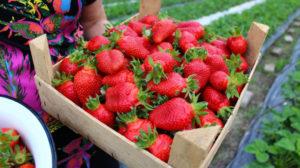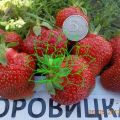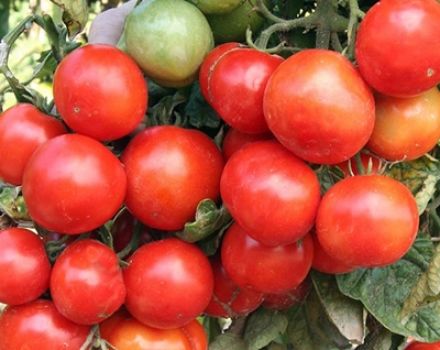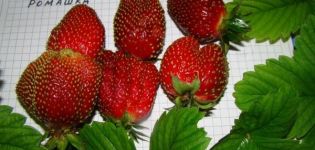Description and characteristics of Clery strawberries, cultivation and care
Own berry on the site is a summer resident's dream. Planting a crop is difficult for some gardeners. Clery strawberries have many fans and admirers, there are no problems with planting. The plants are unpretentious, and the berries are tasty and aromatic.
Description and characteristics of Clery strawberry
In order to grow fruit, you need to know more about the plant variety. Then the summer resident has fewer questions.
Flowers and berries
The flowers are white, do not rise above the bush. The middle is bright, there is a lot of pollen. The plant blooms in early May, therefore it belongs to the early varieties.
Strawberries weigh 35-40 g. The peculiarity of the plant is that all dark red berries are almost the same. Conical shape, sweet taste.
The pulp is firm and juicy. Use fruits for any cooking method:
- compotes;
- jam;
- jams;
- beverages;
- freezing and more.
Housewives make decorations for cakes and pastries from them. Used as a pie filling.
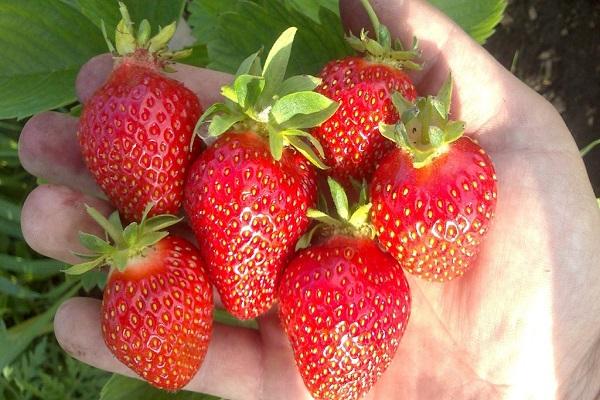
Bushes
The plant itself is spreading or compact. The foliage is dark green with shine. Height 35-40 cm, depending on growing conditions.
Yield
With proper care, a rich harvest is obtained. Approximately 250-300 g per plant. Clery ripens at the same time, amicably and for a short time. Strawberry harvest gives 1 time. Proper care and correct planting determine the volume of the fruit.
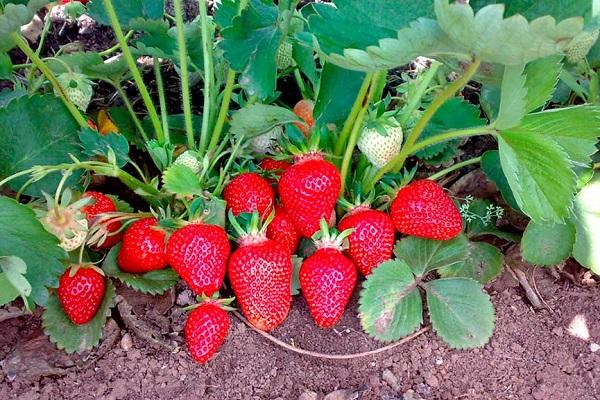
Transportability of strawberries
Gentle berry picking increases the tolerance of long hauls. At the same time, the presentation and taste characteristics are preserved. Without heat treatment and creating special conditions, the berries are stored for 5 days.
Origin and recommended growing regions
The variety was released in 1996, has a European patent. The Clery strawberry was developed for the northern region of Italy. Therefore, it feels best in the southern regions of Russia. In other areas, it is grown in greenhouses, film shelters and tunnels. Recommended for cultivation in Belarus and Ukraine.
Advantages and disadvantages of the variety
To decide whether to grow Clery strawberries on the site or not, the summer resident studies the positive and negative characteristics of the variety.
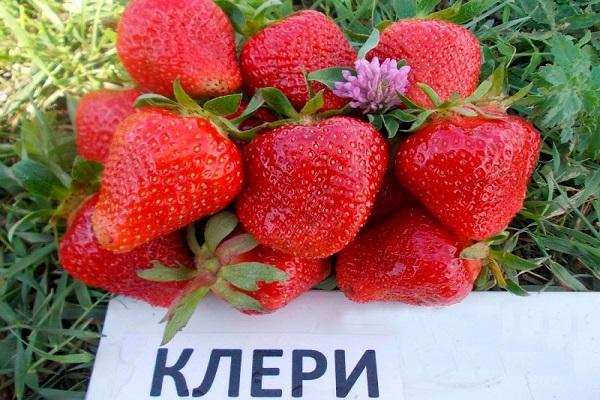
Pros:
- versatility of fruit use;
- drought resistance;
- unpretentiousness;
- the same size and amicable ripening;
- high immunity;
- good transport tolerance.
Minuses:
- in the open field it is grown only in the southern regions;
- with poor care, the fruits become sour;
- high cost of planting material.
The presence of other negative characteristics is revealed by everyone individually.
Landing rules
The future harvest depends on how correctly the plants are planted. It is advisable to follow the recommendations exactly. Plants will surely respond with a bountiful harvest.
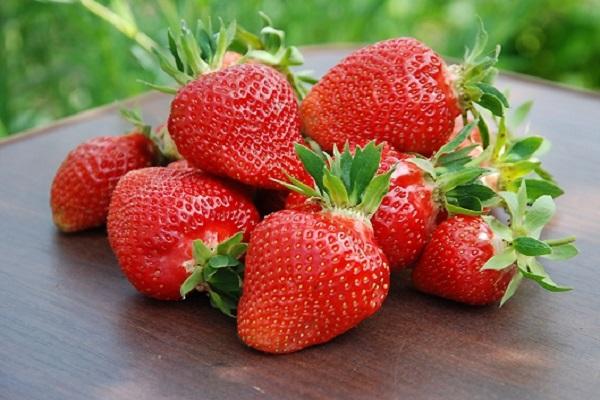
Selection and preparation of seedlings
Summer residents recommend purchasing planting material with a closed root system. Such seedlings are easier to accept and grow faster.
The leaves of strawberry seedlings should be not wrinkled, bright green, without any spots. The root system is well developed, 6.5-7 cm.
Bushes with an open root system are planted no later than 2 days after purchase. Planted in autumn or spring, depending on the growing region.
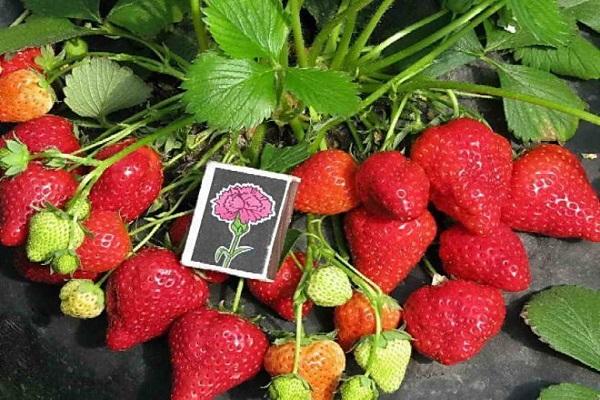
Seat selection
Clery's strawberries don't need tall beds. But she loves space and fertile soil. It is better to choose a site on the sunny south side and open places protected from drafts. The smoother the area, the better.
Everything is dug up with humus, mineral fertilizers and wood ash. Rows are formed at a distance of 60 cm from each other. The distance between the bushes is 40-60 cm.
Landing procedure
Prepared holes are watered and strawberries are planted. The heart should rise above the ground by at least 2-3 cm. After planting, compact the soil a little, water gently.
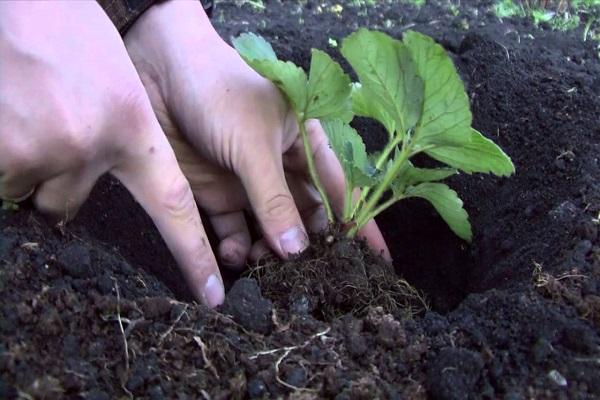
How to care for garden strawberries
Carrying out care is an important process when growing a crop. It is necessary to strictly follow the recommendations of experienced gardeners.
How and what to feed
Clery is recommended to be fed with organic matter and complex mineral fertilizers. The plant especially needs additional nutrients during the periods:
- going out after winter;
- budding;
- fruit formation;
- after fruiting, since it is then that the foundation for the future harvest is laid.
It is advisable to observe the measure in everything, it is better to underfeed than overfeed the plants.
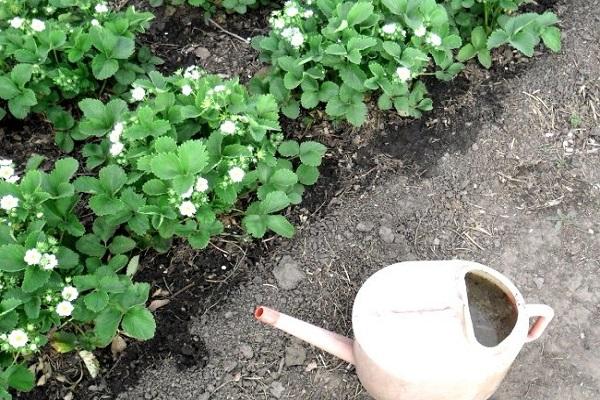
Pruning
Removing dead leaves in spring, first pruning early in the season. Then the bushes are strictly watched. If there is no idea to propagate plants, the antennae are removed, since the Clery variety produces a lot of them. They weaken the bush, part of the harvest is lost, the remaining hearths become smaller.
Wintering
Strawberry winter hardiness is weak, so summer residents cover the soil with a layer of mulch. And the bushes themselves are covered with dry plant residues or straw. The more severe the winter, the larger the layer of mulch.
Reproduction methods
Every gardener can dilute strawberries on the site, since the Clery variety multiplies easily. Use various methods.
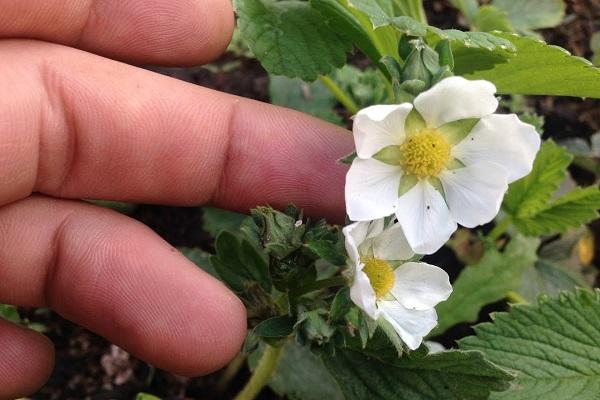
Propagating strawberries with a mustache
A common and affordable way. There will be no shortage of planting material. Clery provides a large number of new outlets during the season. It is not difficult to grow them, the plant does everything by itself. Care must be taken to ensure that the antennae root separately from each other. Gardeners deliberately dig in plastic containers nearby, and the plants take root in them.
There is no need to rush to separate the antennae from the mother plant. They are waiting for the emergence of their own root system.
The rosettes have reached the required size for the transplant. At least 3-4 full-fledged leaves should be formed. They are seated in a permanent place.
By dividing the bush
This fit is also rejuvenating. The benefits of it are great. The grower receives additional planting material. Separates the bushes, giving them the opportunity to take root and develop freely further.
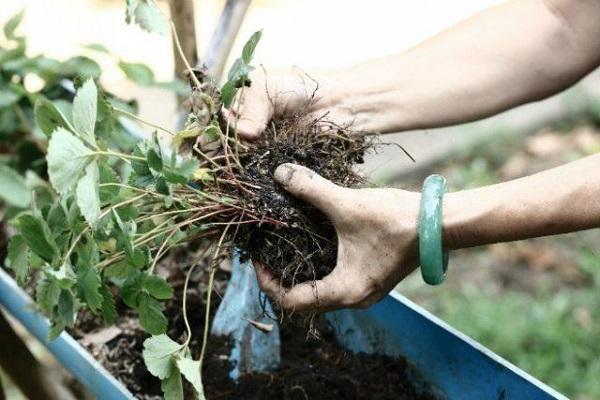
Seeds
Summer residents consider planting seeds impractical, since this is a long process, the results are achieved in a few years. And nobody wants to wait. Therefore, a rare gardener uses this method.
The method is good for updating the variety, as strong plants grow from the seeds, which give a bountiful harvest.
Diseases and pests
Strawberry Clery's attack is anthracnose. You can notice the signs of the disease immediately. Brown spots appear on the plants. Fruits are covered with black depressed spots. The disease spreads very quickly.
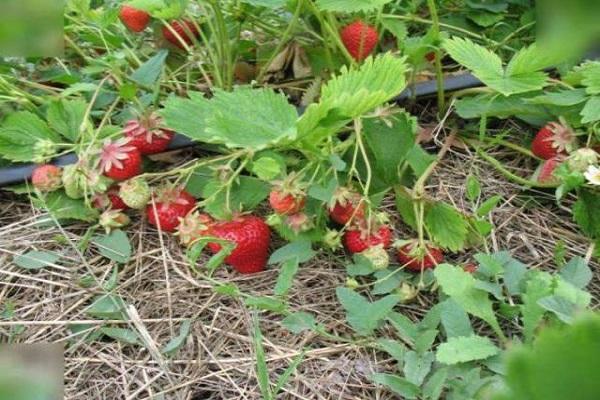
If the affected areas or the entire bush are identified and removed in time, infection is avoided.
In order for the disease not to develop, they process:
- Bordeaux liquid 3 times per season;
- a mixture of copper sulfate with lime in proportions of 100/130 g per 6 liters of water.
Plants treated in time do not get sick and do not transfer diseases to each other. Therefore, summer residents pay great attention to prevention.
A lot of harm to the crop is caused by pests, including slugs, ticks, weevils and other insects. Gardeners rarely use chemicals, since a small amount of substances disappears without a trace. Many settle in fruits and then enter the human body, causing harm.
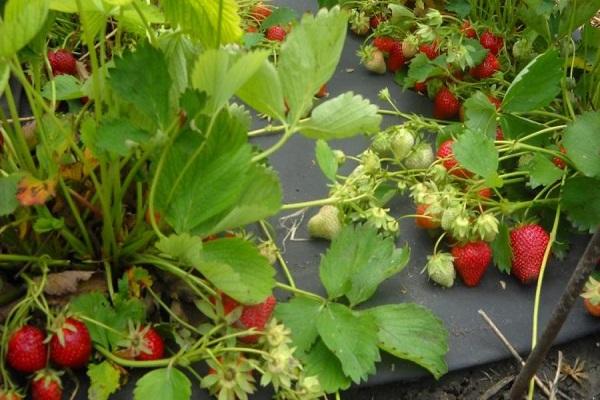
A decoction of tansy helps against most insects. This requires:
- 700 g dry herb;
- 40 g soap;
- 10 liters of water.
Boil the herb for 30 minutes. in water. After cooling, strain, pour water to a volume of 10 liters, add soap, spray the plants.
In addition to this method, there are many other, equally effective methods, each summer resident chooses for himself.

Collection and storage of strawberries
The peculiarity of the Clery variety is that the berries ripen almost simultaneously. Therefore, within 10-15 days, all the fruits ripen. This simplifies the harvesting process and allows you to process the entire crop at once.
In hot weather and in rainy weather, picking berries is not recommended. The shelf life of strawberries and their ability to transport are significantly reduced. Do this after the dew melts, before the onset of heat.
Harvest carefully, along with the stalk. Placed in small containers. If transportation is planned, then they are placed immediately in the necessary containers, since the culture does not tolerate shifting.
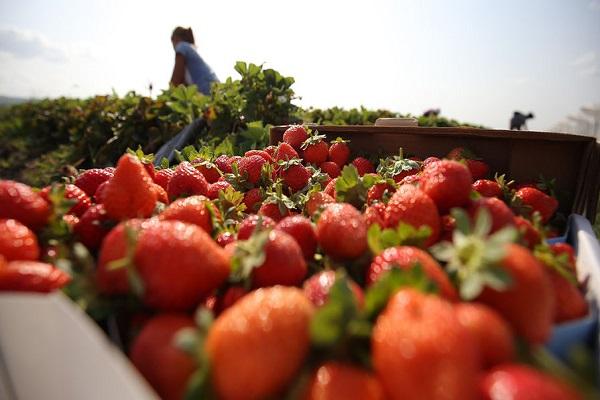
The berry will stay in the refrigerator for 5 days without losing its taste and market characteristics. Then the strawberries should be processed. Some housewives practice freezing fruit.
Growing Clery strawberries on the plot will help the summer resident get tasty, healthy fruits. The culture is capable of bearing fruit all year round, so it is grown indoors.
